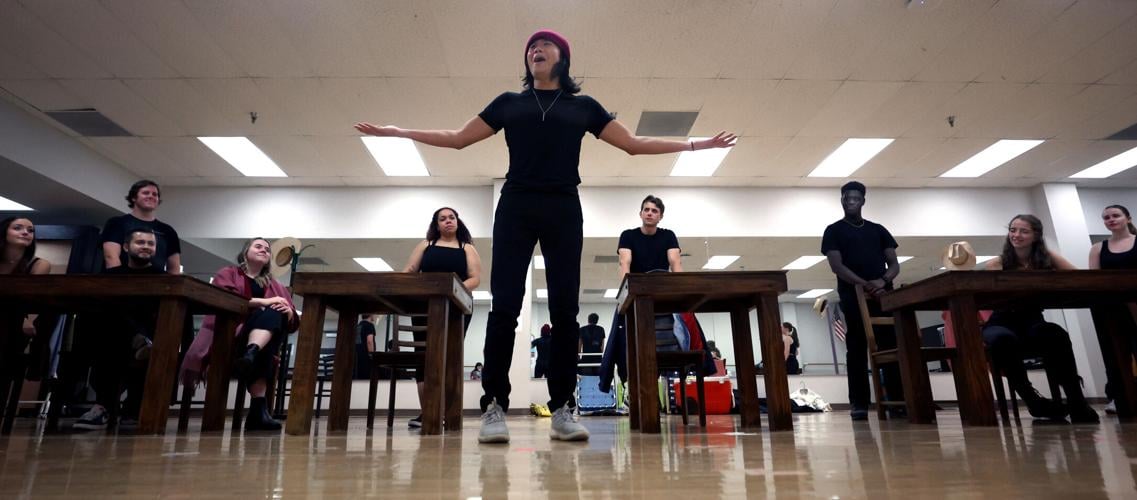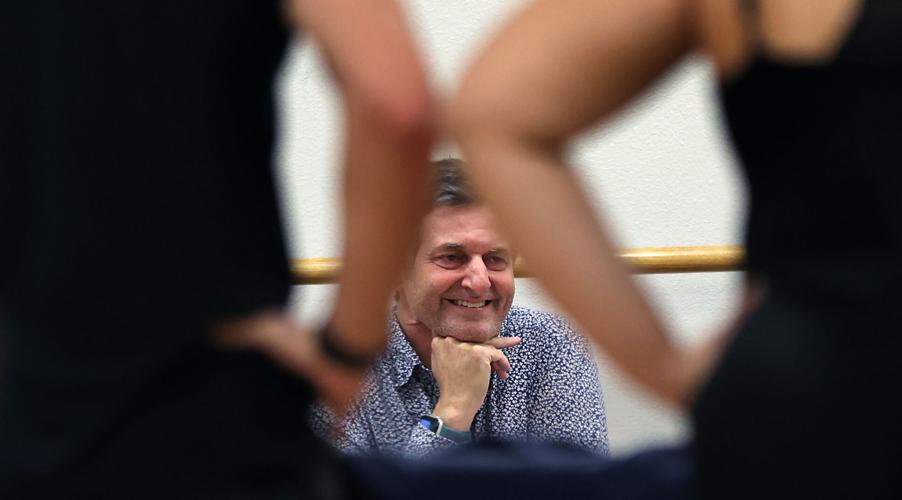Five weeks after Matthew Shepard died on Oct. 12, 1998, a group of playwrights from New York City’s developmental Tectonic Theater Project descended upon Laramie, Wyoming.
They wanted to see if there was a story in the heinous beating death of the 21-year-old gay college student, something that the hundreds of reporters covering the story had overlooked.
“We weren’t initially going out to make a play but to see if there was something there,” said Greg Pierotti, who was among the group of 10 playwrights who arrived in Laramie on Nov. 19, 1998. “And there certainly was.”
For 10 days, Pierotti and his colleagues interviewed anyone who would talk with them. They asked about that day Shepard was beaten and tortured and left to die and about the two men accused in his death. They asked about the culture of the town and where gays and lesbians fit in.
When they returned to New York, they wrote the first draft of what would become “The Laramie Project,” a verbatim play based on more than 200 interviews, news reports, letters and other non-theatrical source materials that tells Shepard’s story and the town’s story. It took nearly a year and seven more visits to Laramie, including during the trials, before the play was finished and premiered in 2000 in Denver.
On Saturday, Oct. 12, the 25th anniversary of Shepard’s death, Pierotti will direct a student cast from the University of Arizona School of Theatre, Film & Television. The show, which will preview on Saturday, Oct. 7, runs through Oct. 22 at the UA’s Tornabene Theatre.
In a first for the school, BFA and BA theater students will perform together.
On the second day of rehearsals last month, the students read the play out loud “and I was hearing it through my students and seeing how moved they were by it,” said Pierotti, who has taught theater at the UA for six years.
“I thought, ‘Wow, we did a good job’,” he said.
Pierotti said the play is told through the voices of Laramie’s residents. Conversations are threaded together to create a storyline of what happened that night and how it affected the town.
“We made it our goal that everybody (from Laramie) could come see the play and feel that what they had to say was accurately represented,” he said. “And it’s interesting, because even the kind of more homophobic people who expressed more homophobic sentiments in the play felt accurately represented and didn’t feel defensive because we were sharing what they believed.”
“The Laramie Project” has been produced more than 3,000 times since its debut and has been translated into 30 languages, which is somewhat mind-blowing for Pierotti and Tectonic Theater Project.
“We just really delved into creating as complicated a picture as we could, but none of us were anticipating the level of success the play has had,” he said. “I think ultimately it’s the voices of the people of Laramie and Matthew’s story itself that kind of catapults it to this other level of prestige in American theater. None of us had any intention of doing that. We were very fortunate that it had that kind of success.”








